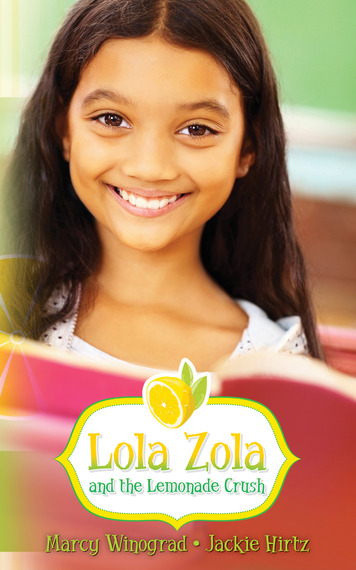Each week Marcy Winograd and Jackie Hirtz, educators with over 20 years of experience working with students from elementary to high school, will answer your questions regarding reading strategies, essay writing, homework habits and math challenges. Submit your questions to winogradteach@gmail.com and include Ask Marcy and Jackie in the subject line.
Q. My middle school student gets stuck when she reaches the conclusion of her essay. "I've already said everything," she tells me." What should I tell her?
A. Students are not supposed to pull a rabbit out of a hat or mention something entirely new in the last paragraph. The conclusion is a restatement of the thesis -- the claim (opinion on a topic that can be supported with evidence from the text) plus a little analysis. What difference does this make? Who cares? How does the thesis relate to the student's world, to the world at large, to other texts or films?
In the conclusion of an essay, students need to discuss the significance of their thesis and can use a starter sentence like, "This issue is of critical importance because..." or "In the final analysis, this issue or theme resonates with readers because... (Here's where they can make a connection to another text.) Lastly, students can either issue a "call to action" (what's the reader supposed to do?) or pose a reflective question with the words "One can't help but wonder..."
Okay, we know what you're thinking. "Can you please give me an example?" Sure -- and we'll use a book we co-authored -- Lola Zola and the Lemonade Crush -- as the example.
In the final analysis, Lola Zola teaches her parents to make lemons out of lemonade. Like the famous children's book character Pippi Longstocking, Lola is a free spirit who refuses to take no for an answer and turns her town upside down with her powerful pucker potion. When her parents are laid off, their jobs outsourced to Mexico, Lola practices entrepreneurship at its best and provides a lesson to all who want to break free of the boss. One can't help but wonder if the U.S. economy would be different if schools taught entrepreneurship Lola Zola-style in elementary school.
There you have it.
No one needs to throw a curve ball in the conclusion. Just tell your daughter to pitch it straight.
Credentialed in both English and social science, Marcy Winograd now teaches special education students at Venice High School in the Los Angeles Unified School District. Jackie Hirtz, MS Ed., a writer and writing coach, taught elementary school for seven years. Together, Marcy and Jackie have written for children's television, print, and new media. Their most recent project is the tween novel Lola Zola and the Lemonade Crush, available on Amazon. They also blog at lolazola.com. You can follow Marcy and Jackie on twitter @tweenorama.
Do you have questions about your child's education? Ask Marcy and Jackie at Winogradteach@gmail.com

